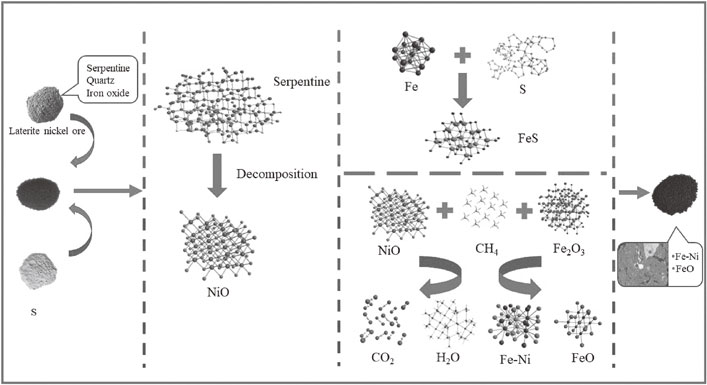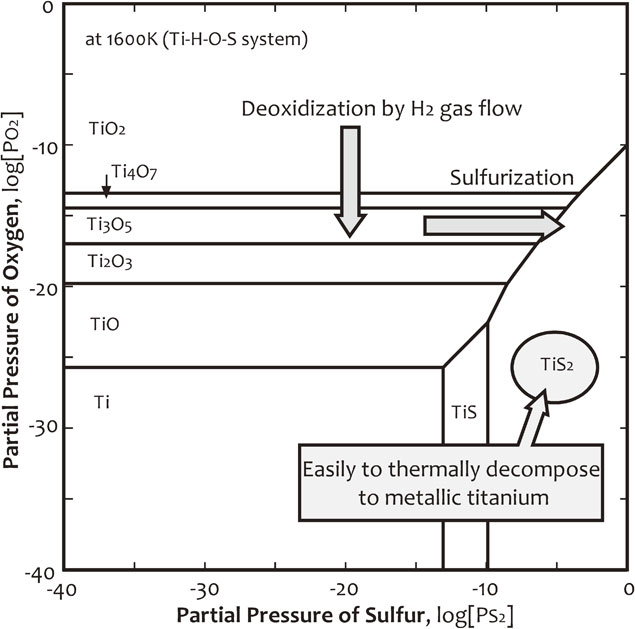Volume 64, Issue 12
Displaying 1-22 of 22 articles from this issue
- |<
- <
- 1
- >
- >|
Regular Article
Microstructure of Materials
-
Article type: Regular Article
2023 Volume 64 Issue 12 Pages 2677-2686
Published: December 01, 2023
Released on J-STAGE: November 25, 2023
Download PDF (5036K) Full view HTML -
Article type: Regular Article
2023 Volume 64 Issue 12 Pages 2687-2699
Published: December 01, 2023
Released on J-STAGE: November 25, 2023
Download PDF (4543K) Full view HTML -
Article type: Regular Article
2023 Volume 64 Issue 12 Pages 2700-2707
Published: December 01, 2023
Released on J-STAGE: November 25, 2023
Download PDF (3856K) Full view HTML -
Article type: Regular Article
2023 Volume 64 Issue 12 Pages 2708-2713
Published: December 01, 2023
Released on J-STAGE: November 25, 2023
Advance online publication: October 13, 2023Download PDF (2538K) Full view HTML
Mechanics of Materials
-
Article type: Regular Article
2023 Volume 64 Issue 12 Pages 2714-2721
Published: December 01, 2023
Released on J-STAGE: November 25, 2023
Advance online publication: September 29, 2023Download PDF (6325K) Full view HTML -
Article type: Regular Article
2023 Volume 64 Issue 12 Pages 2722-2728
Published: December 01, 2023
Released on J-STAGE: November 25, 2023
Download PDF (4635K) Full view HTML -
 Article type: Regular Article
Article type: Regular Article
2023 Volume 64 Issue 12 Pages 2729-2738
Published: December 01, 2023
Released on J-STAGE: November 25, 2023
Advance online publication: October 06, 2023
Materials Chemistry
-
Article type: Regular Article
2023 Volume 64 Issue 12 Pages 2739-2747
Published: December 01, 2023
Released on J-STAGE: November 25, 2023
Download PDF (5791K) Full view HTML -
Article type: Regular Article
2023 Volume 64 Issue 12 Pages 2748-2753
Published: December 01, 2023
Released on J-STAGE: November 25, 2023
Download PDF (2874K) Full view HTML -
Article type: Regular Article
2023 Volume 64 Issue 12 Pages 2754-2763
Published: December 01, 2023
Released on J-STAGE: November 25, 2023
Advance online publication: September 29, 2023Download PDF (6290K) Full view HTML -
Article type: Regular Article
2023 Volume 64 Issue 12 Pages 2764-2775
Published: December 01, 2023
Released on J-STAGE: November 25, 2023
Advance online publication: September 29, 2023Download PDF (4760K) Full view HTML -
Article type: Regular Article
2023 Volume 64 Issue 12 Pages 2776-2781
Published: December 01, 2023
Released on J-STAGE: November 25, 2023
Download PDF (4822K) Full view HTML -
Article type: Regular Article
2023 Volume 64 Issue 12 Pages 2782-2791
Published: December 01, 2023
Released on J-STAGE: November 25, 2023
Download PDF (6872K) Full view HTML -
Article type: Regular Article
2023 Volume 64 Issue 12 Pages 2792-2800
Published: December 01, 2023
Released on J-STAGE: November 25, 2023
Download PDF (6630K) Full view HTML -
Article type: Regular Article
2023 Volume 64 Issue 12 Pages 2801-2807
Published: December 01, 2023
Released on J-STAGE: November 25, 2023
Download PDF (3849K) Full view HTML
Materials Processing
-
Article type: Regular Article
2023 Volume 64 Issue 12 Pages 2808-2813
Published: December 01, 2023
Released on J-STAGE: November 25, 2023
Download PDF (1146K) Full view HTML -
Article type: Regular Article
2023 Volume 64 Issue 12 Pages 2814-2820
Published: December 01, 2023
Released on J-STAGE: November 25, 2023
Download PDF (3004K) Full view HTML -
Article type: Regular Article
2023 Volume 64 Issue 12 Pages 2821-2825
Published: December 01, 2023
Released on J-STAGE: November 25, 2023
Advance online publication: October 06, 2023Download PDF (1390K) Full view HTML -
Article type: Regular Article
2023 Volume 64 Issue 12 Pages 2826-2830
Published: December 01, 2023
Released on J-STAGE: November 25, 2023
Download PDF (6565K) Full view HTML
Engineering Materials and Their Applications
-
Article type: Regular Article
2023 Volume 64 Issue 12 Pages 2831-2837
Published: December 01, 2023
Released on J-STAGE: November 25, 2023
Advance online publication: August 04, 2023Download PDF (3335K) Full view HTML
Current Trends in Research
-
Article type: Current Trends in Research
2023 Volume 64 Issue 12 Pages 2838-2844
Published: December 01, 2023
Released on J-STAGE: November 25, 2023
Advance online publication: October 13, 2023Download PDF (2776K) Full view HTML
Rapid Publication
-
Article type: Rapid Publication
2023 Volume 64 Issue 12 Pages 2845-2848
Published: December 01, 2023
Released on J-STAGE: November 25, 2023
Advance online publication: August 18, 2023Download PDF (2595K) Full view HTML
- |<
- <
- 1
- >
- >|




















